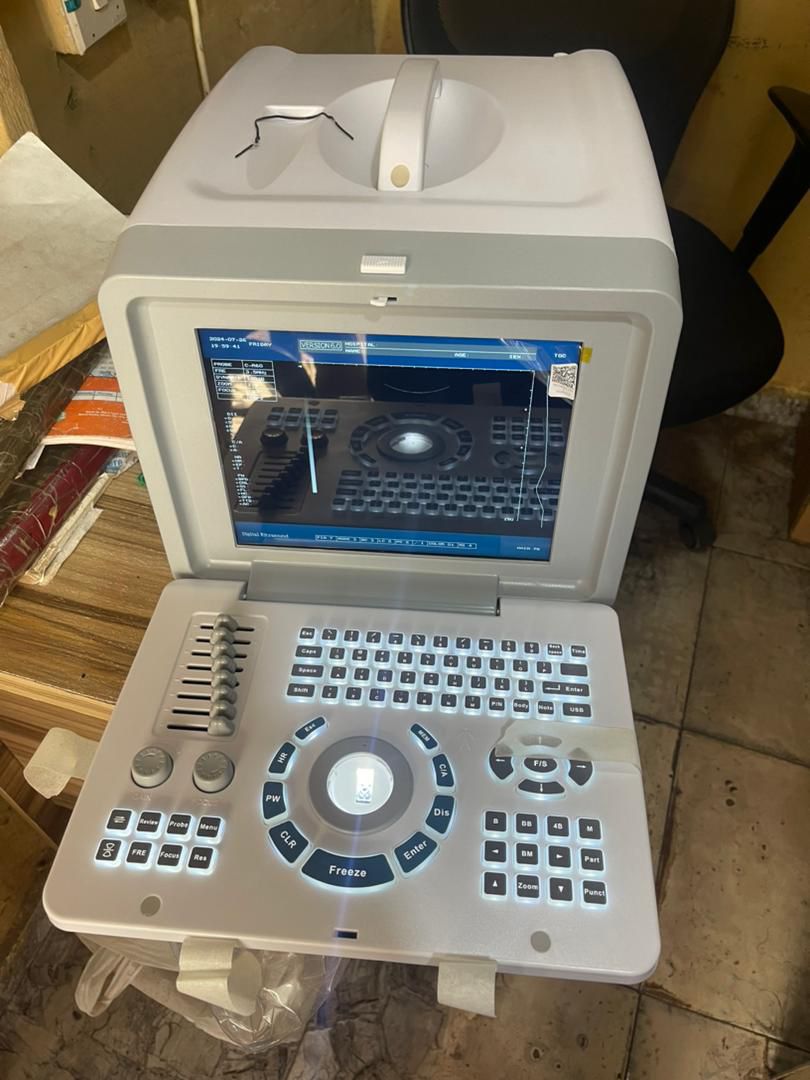Your cart is currently empty!

ULTRASOUND MACHINE TABLE TOP
ULTRASOUND MACHINE TABLE TOP
Original price was: ₦3,800,000.00.₦3,700,000.00Current price is: ₦3,700,000.00.
Tabletop ultrasound machines are compact and portable medical devices designed for various diagnostic applications. They are typically smaller and lighter than traditional cart-based ultrasound systems, making them ideal for use in smaller clinics, emergency rooms, or even at the point of care.
Description
Tabletop ultrasound machines are compact and portable medical devices designed for various diagnostic applications. They are typically smaller and lighter than traditional cart-based ultrasound systems, making them ideal for use in smaller clinics, emergency rooms, or even at the point of care.
Key Features:
- Compact and Portable: Easy to transport and store, making them suitable for use in various settings.
- High-Resolution Imaging: Despite their size, they offer high-quality images comparable to larger systems.
- User-Friendly Interface: Intuitive controls and displays make them easy to operate, even for less experienced users.
- Versatility: Capable of performing a wide range of examinations, including:
- Obstetrics and Gynecology: Fetal monitoring, pregnancy dating, and pelvic examinations.
- Cardiology: Echocardiography for assessing heart function.
- Abdominal Imaging: Examining organs such as the liver, kidneys, and spleen.
- Vascular Imaging: Assessing blood flow in arteries and veins.
- Musculoskeletal Imaging: Evaluating soft tissues and joints.
Typical Components:
- Monitor: A high-resolution display for viewing ultrasound images.
- Keyboard and Controls: User interface for adjusting settings and controlling the system.
- Transducers: Probes that emit and receive sound waves to create images.
- Image Processing Unit: Processes the sound waves to generate images.
- Storage: Built-in memory or external storage for saving images and patient data.
Benefits of Tabletop Ultrasound Machines:
- Improved Accessibility: Increased access to diagnostic imaging in remote or underserved areas.
- Enhanced Efficiency: Faster patient throughput due to their portability and ease of use.
- Reduced Costs: Lower acquisition and maintenance costs compared to larger systems.
- Improved Patient Comfort: Smaller and more maneuverable, making them less intimidating for patients.









Reviews
There are no reviews yet.